Post Crash Analysis For Unrestrained Occupants
 Seat belts are an important part of the safety systems in cars. To a trained investigator review of a Traffic Crash Report, site visit, and inspection of the vehicles can answer many questions about the technical nature of the impact.
Seat belts are an important part of the safety systems in cars. To a trained investigator review of a Traffic Crash Report, site visit, and inspection of the vehicles can answer many questions about the technical nature of the impact.
In this analysis the objective is to provide a thorough identification of steps associated with arriving at impact speeds and assessment of seat belt usage for front and rear passengers.
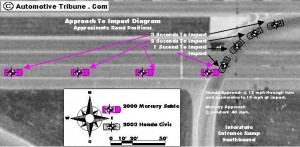 Scale diagram Prepared
Scale diagram Prepared
for Impact and Final Rest vehicle positions. Inspection of the crash site permitted final rest placement for the Mercury. Final rest position was not identified on the Crash Report and no specific evidence at the crash site permitted placement of the Honda at final rest.
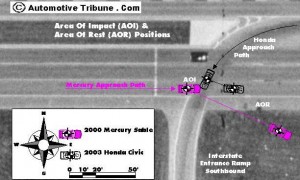 For the purposes of this analysis, final rest for the Honda represents a reasonable vehicle placement based on rotation, movement from impact, and physical damage sustained by the car. An aerial photograph of the highway and intersection was incorporated into the diagram to provide clarity for this roadway.
For the purposes of this analysis, final rest for the Honda represents a reasonable vehicle placement based on rotation, movement from impact, and physical damage sustained by the car. An aerial photograph of the highway and intersection was incorporated into the diagram to provide clarity for this roadway.
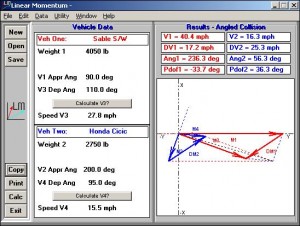 Linear Momentum Calculation
Linear Momentum Calculation
was prepared for the collision. The calculation includes approximate vehicle weights at impact, approach angles, departure angles, post impact travel distance and post impact deceleration rates. Based on this calculation the Mercury Sable (V1) impact speed was approximately 40 mph and the Honda Civic (V2) impact speed was approximately 16 mph.
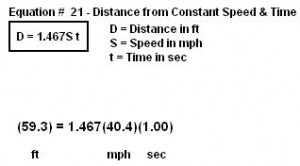 Travelling at 40.4 mph the Mercury Sable would cover a distance of approximately 60′ per second.
Travelling at 40.4 mph the Mercury Sable would cover a distance of approximately 60′ per second.
Analysis of time and distance values
permits development of the approach diagram. As illustrated in the diagram below the Honda has approximately 90′ of travel distance on the diagram. Because the Honda can accelerate to impact in a distance of 42′ the Approach To Impact Diagram illustrates the Honda coming through the corner at 12 mph and then accelerating to 16 mph at impact. Approximate vehicle positions are shown for the Honda. The Mercury Sable is shown during approach at a constant 40 mph.
Inspection of the Honda
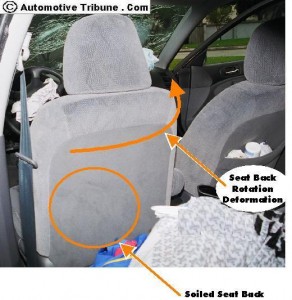 seat belt system revealed no signs of loading at impact. Inspection of the seat belt webbing and overmold plastic components showed no sign of occupant loading during the collision. Damage to the steering wheel, console, and windshield are consistent with an unrestrained driver.
seat belt system revealed no signs of loading at impact. Inspection of the seat belt webbing and overmold plastic components showed no sign of occupant loading during the collision. Damage to the steering wheel, console, and windshield are consistent with an unrestrained driver.
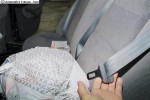 Inspection of the back seat and seat belts revealed no signs of loading at impact. Furthermore, the rear seat bottom and cushion showed no sign of indention from a child safety seat. With a typical child safety seat installed in the rear of an automobile, compression to the seat cushion reveals that the safety seat was in use.
Inspection of the back seat and seat belts revealed no signs of loading at impact. Furthermore, the rear seat bottom and cushion showed no sign of indention from a child safety seat. With a typical child safety seat installed in the rear of an automobile, compression to the seat cushion reveals that the safety seat was in use.
Inspection of the seat backs reveals that the driver’s seat back is twisted and a soil mark is visible on the fabric on the rear of the seat back. An unrestrained child coming into contact with the rear of the seat would produce sufficient force to twist the seat back.
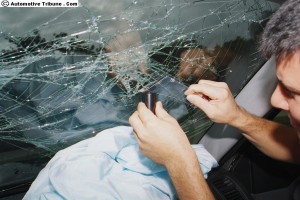 Inspection of the windshield reveals skin on the upper right side. A sample was recovered from the Honda by FAI. DNA analysis of this skin would identify which party it is from.
Inspection of the windshield reveals skin on the upper right side. A sample was recovered from the Honda by FAI. DNA analysis of this skin would identify which party it is from.
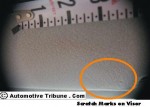 Scratch marks were observed on the driver’s side sun visor consistent with a hair clip or barrette and the rear view mirror was broken away from its mounting position.
Scratch marks were observed on the driver’s side sun visor consistent with a hair clip or barrette and the rear view mirror was broken away from its mounting position.
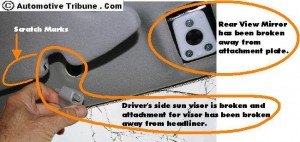 To the right of the driver’s side sun visior scratch marks the securement pin has been pulled out of the visor. The securement pin attaches the visor to the securement bracket. Also, in the picture below is the bracket to which the rear view mirror attaches.
To the right of the driver’s side sun visior scratch marks the securement pin has been pulled out of the visor. The securement pin attaches the visor to the securement bracket. Also, in the picture below is the bracket to which the rear view mirror attaches.
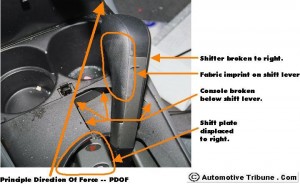 Inspection of the shift mechanism and console revealed significant damage consistent with an unrestrained driver’s movement in the Principle Direction Of Force or PDOF. Illustrated below is a picture of the shift and console assembly documenting damage sustained.
Inspection of the shift mechanism and console revealed significant damage consistent with an unrestrained driver’s movement in the Principle Direction Of Force or PDOF. Illustrated below is a picture of the shift and console assembly documenting damage sustained.
Inspection of the Mercury
revealed loading marks for seat belts in use by the three occupants.
Based on this accident reconstruction analysis the following opinions have been reached.
1. Impact speed of the Honda was approximately 16 mph.
2. Impact speed of the Mercury was approximately 40 mph.
3. Occupants of the Mercury were wearing seat belts.
4. Occupants of the Honda were not wearing seat belts.

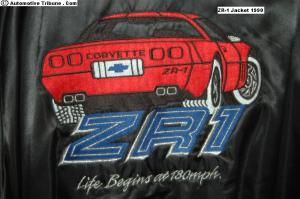




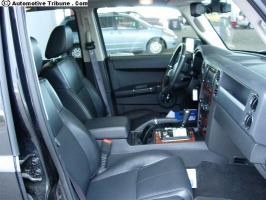
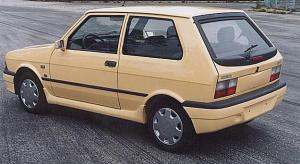
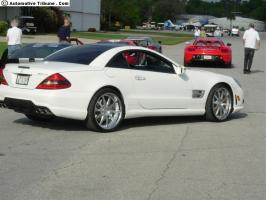
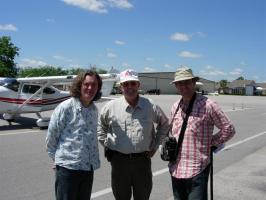
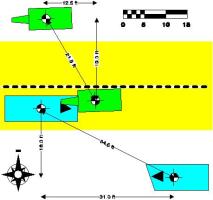

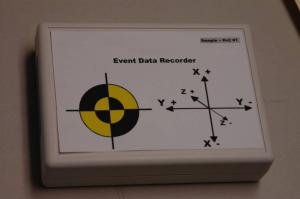

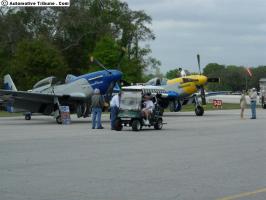
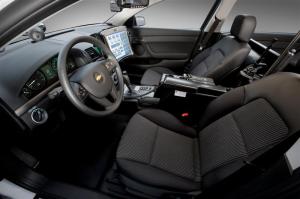
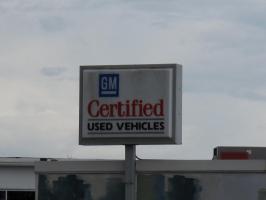



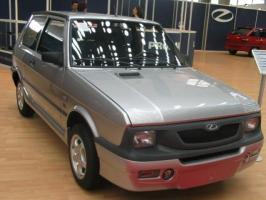
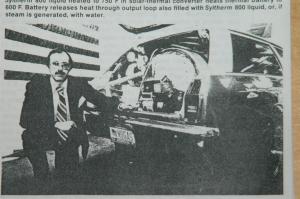
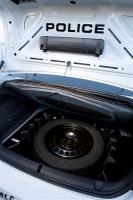

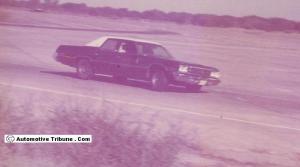

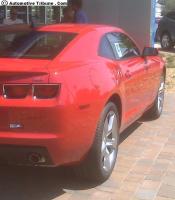





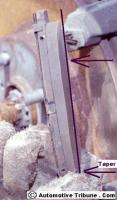
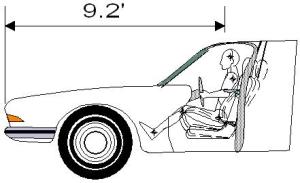

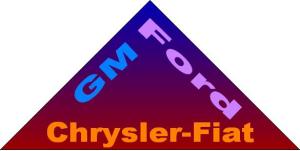


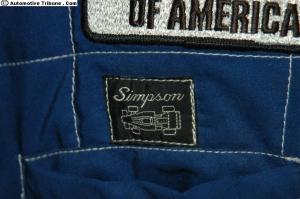
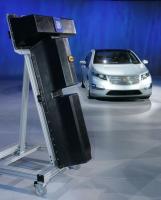
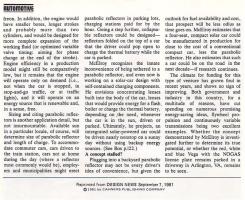




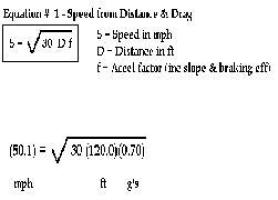

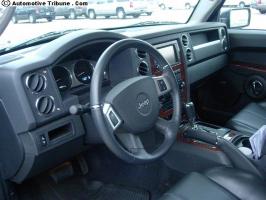
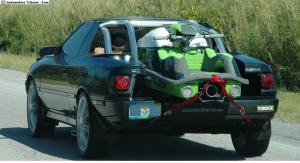
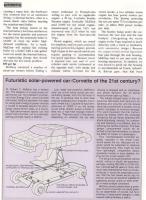

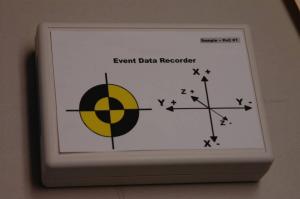
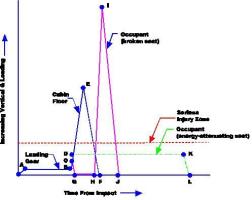

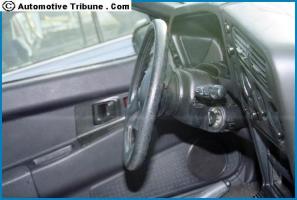
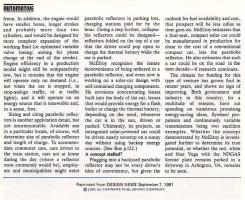
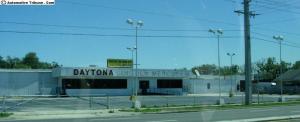


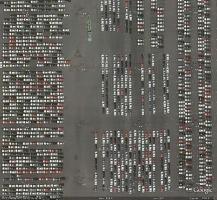
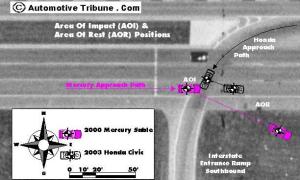
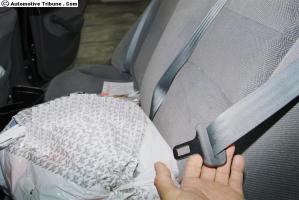
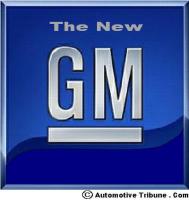
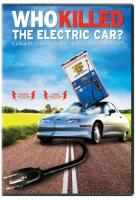

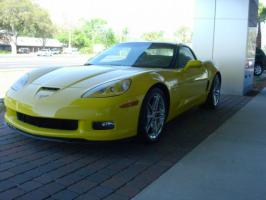
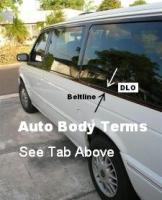
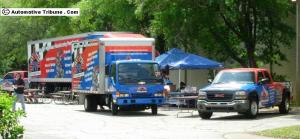



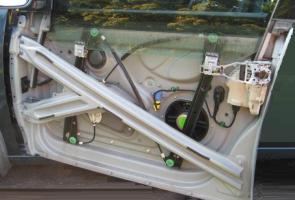
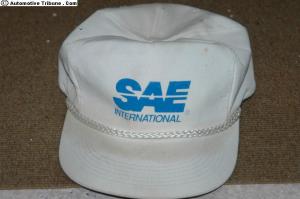

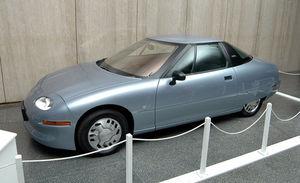
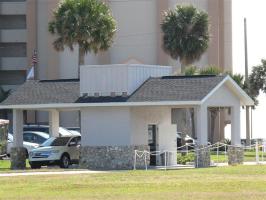

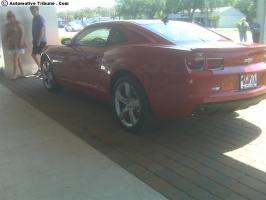
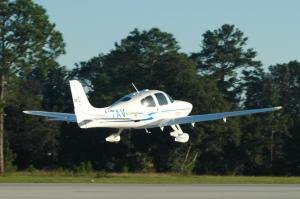

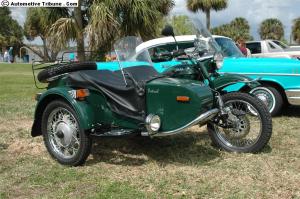

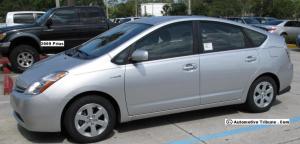
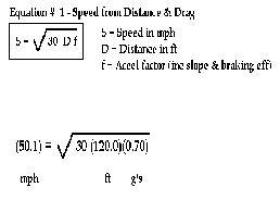

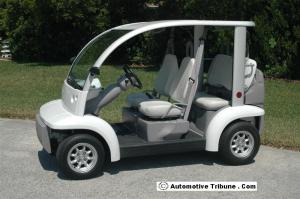
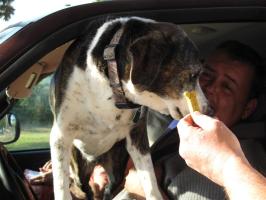
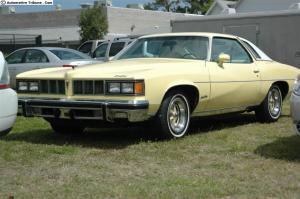
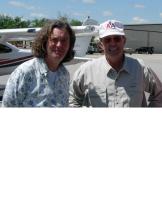



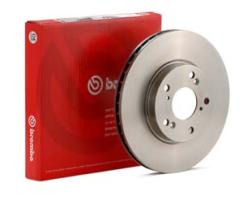
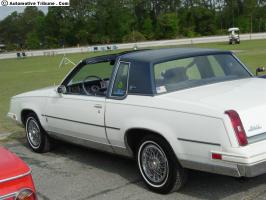
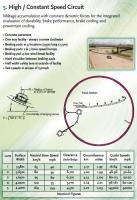
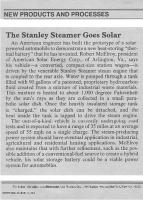
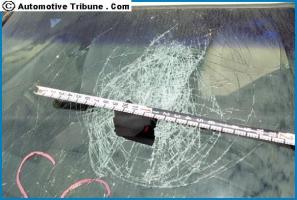

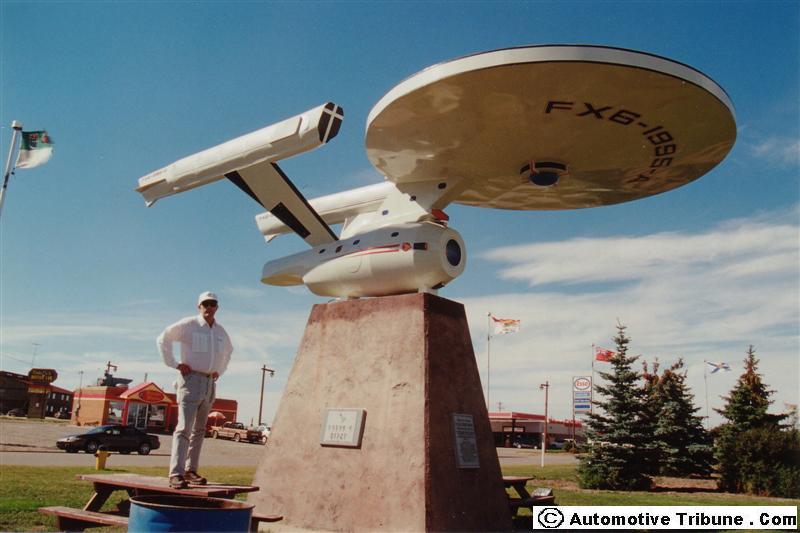

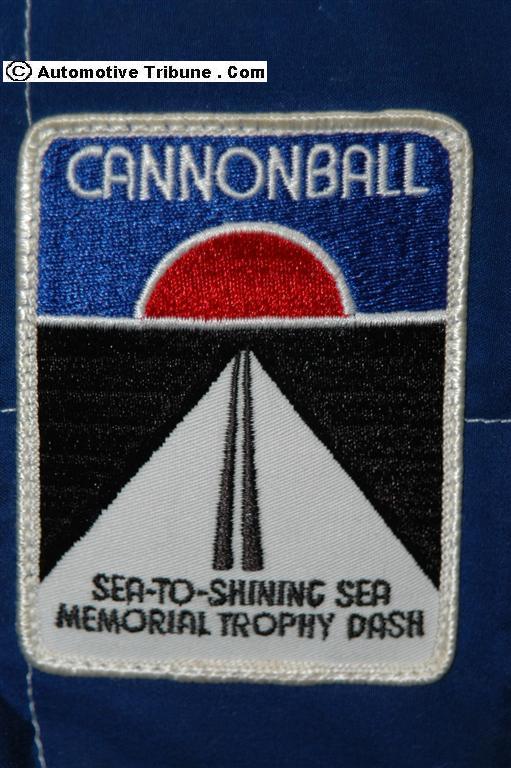
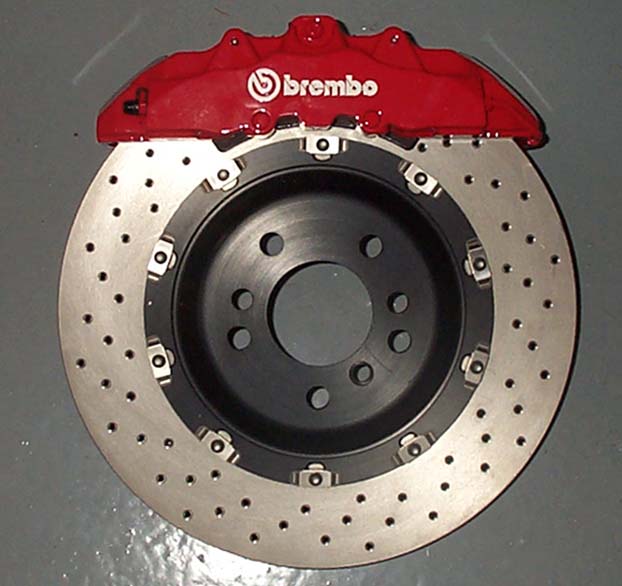



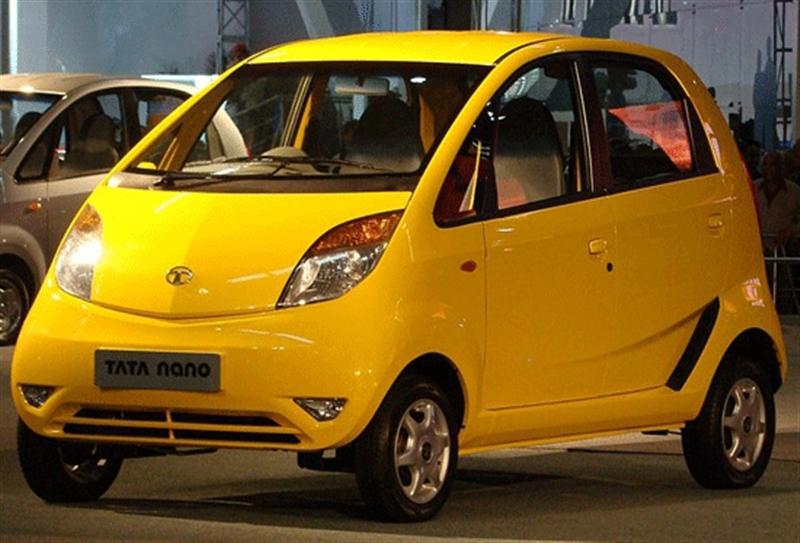
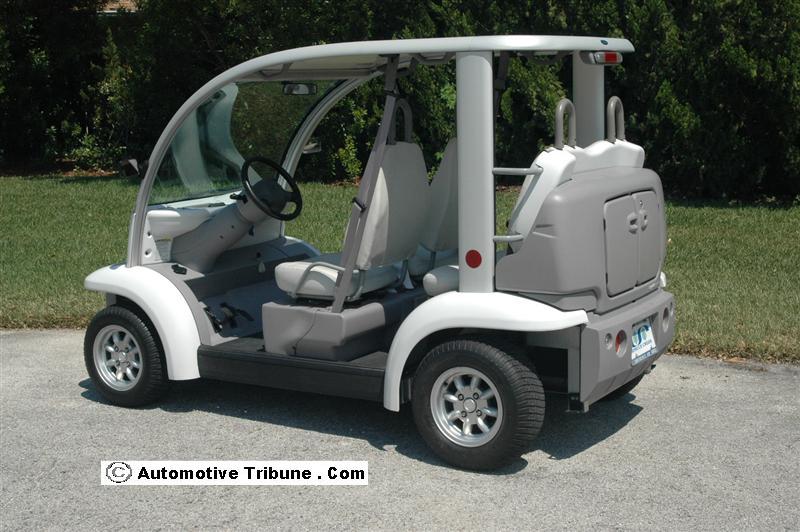

now in my rss reader)))
————————
sponsor: http://xabul.ru/
cool sitename man
————————
my blog: http://semev.ru/